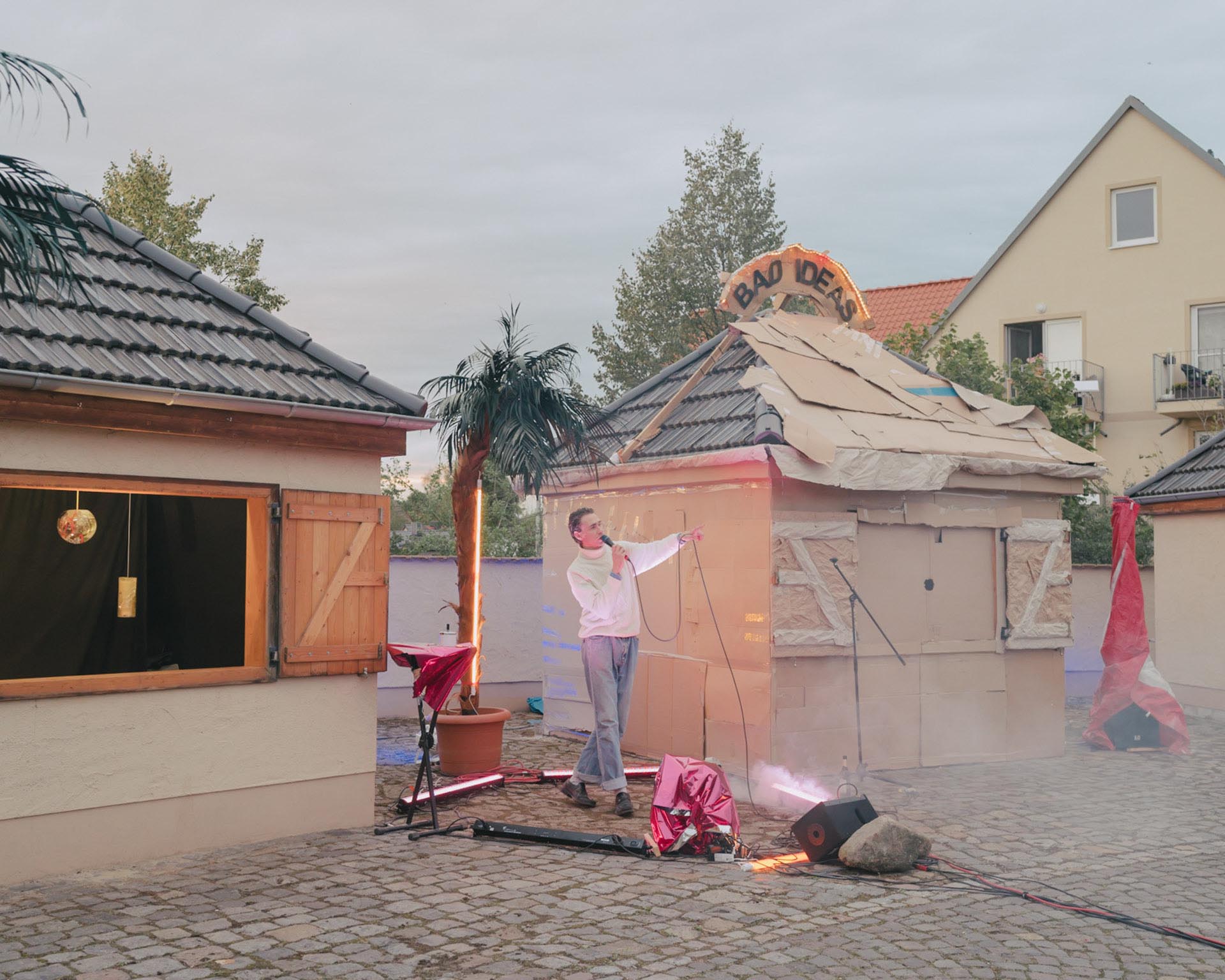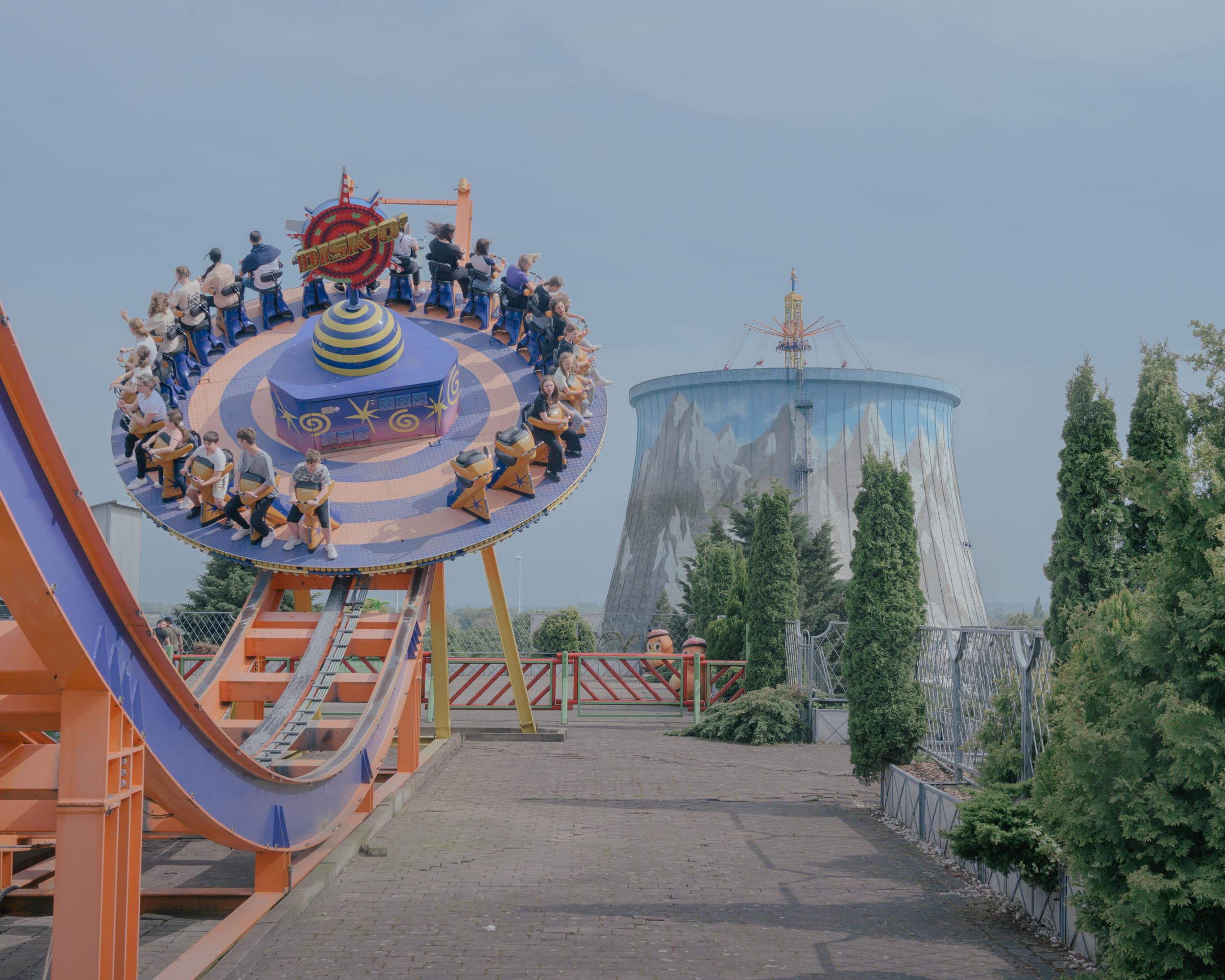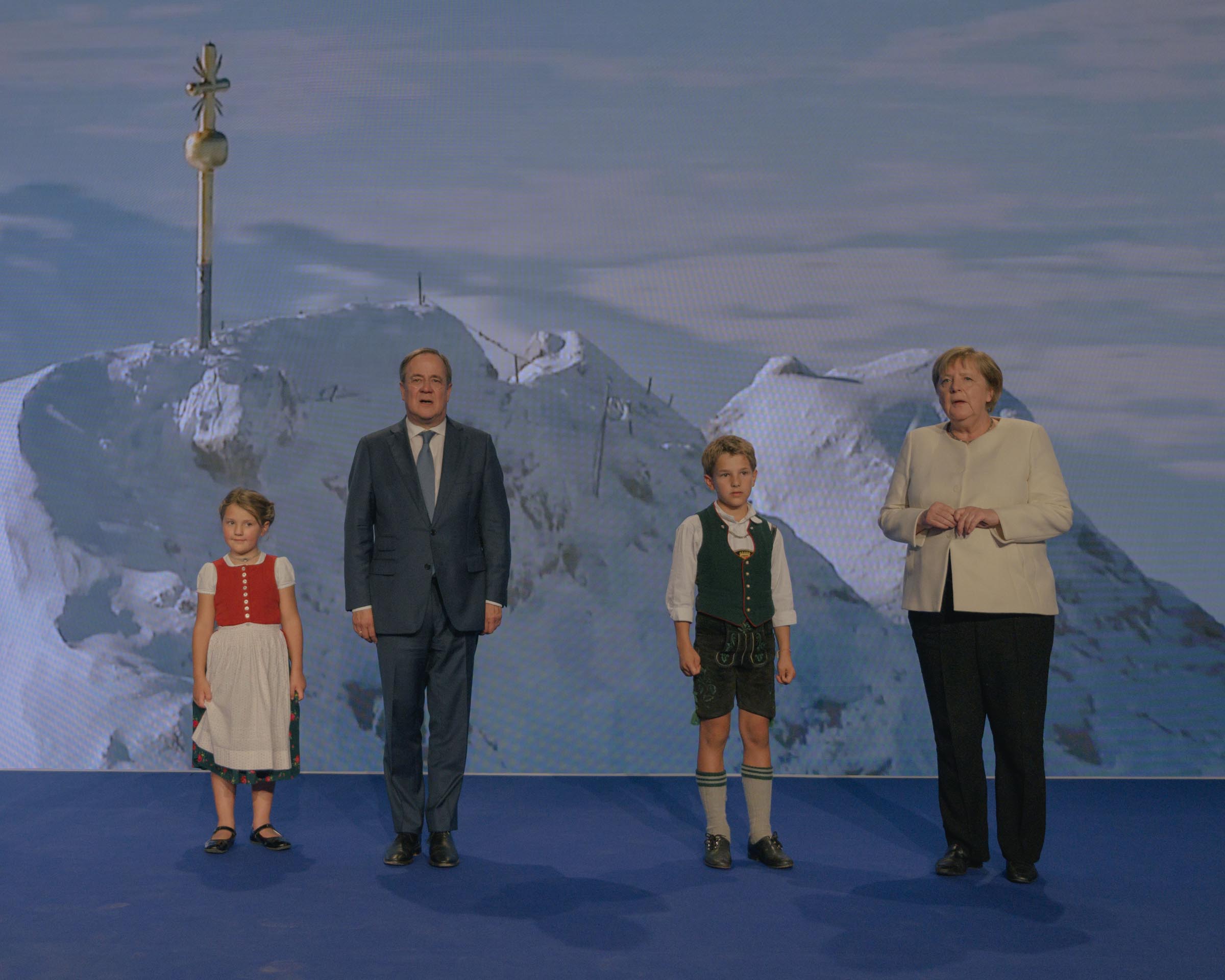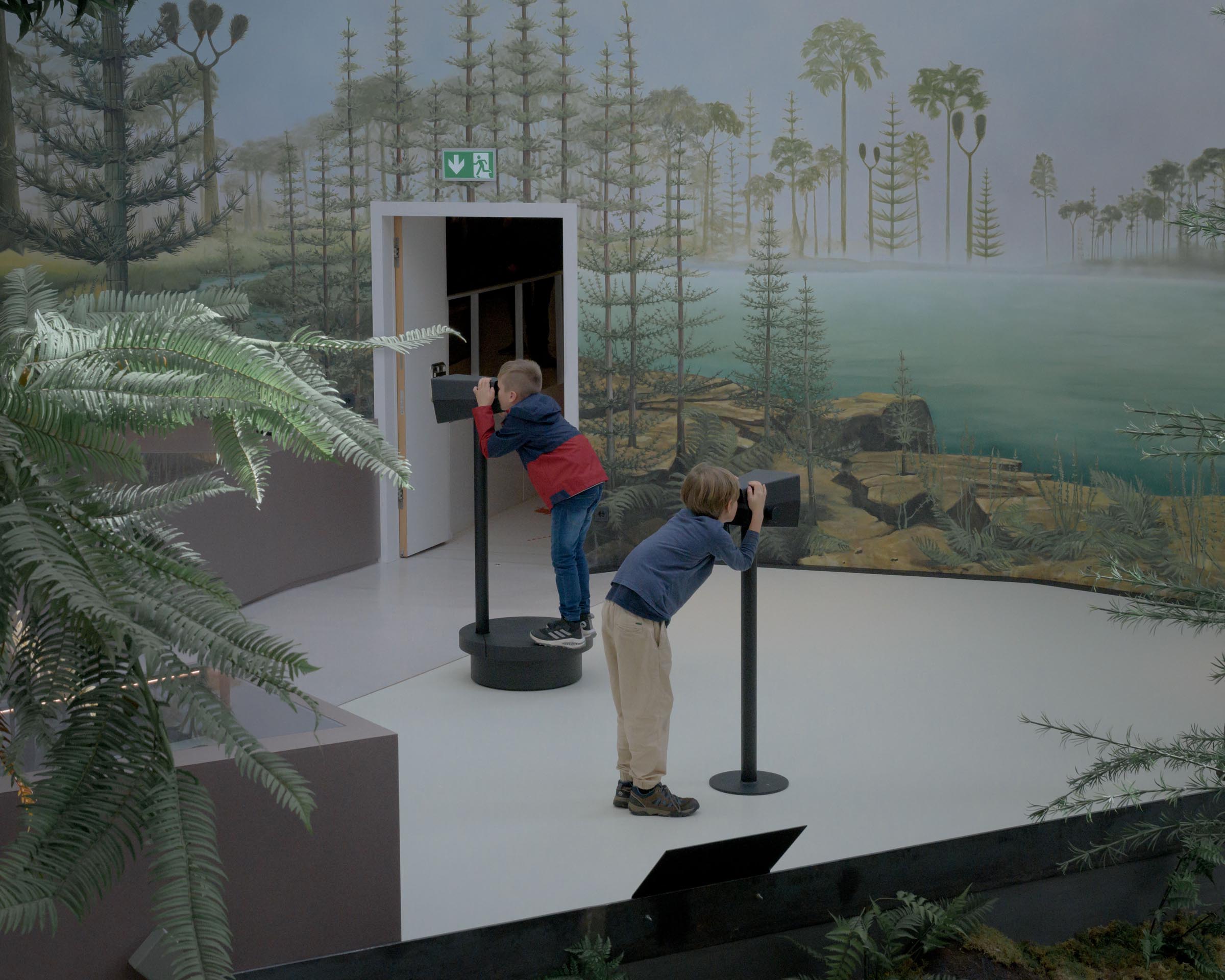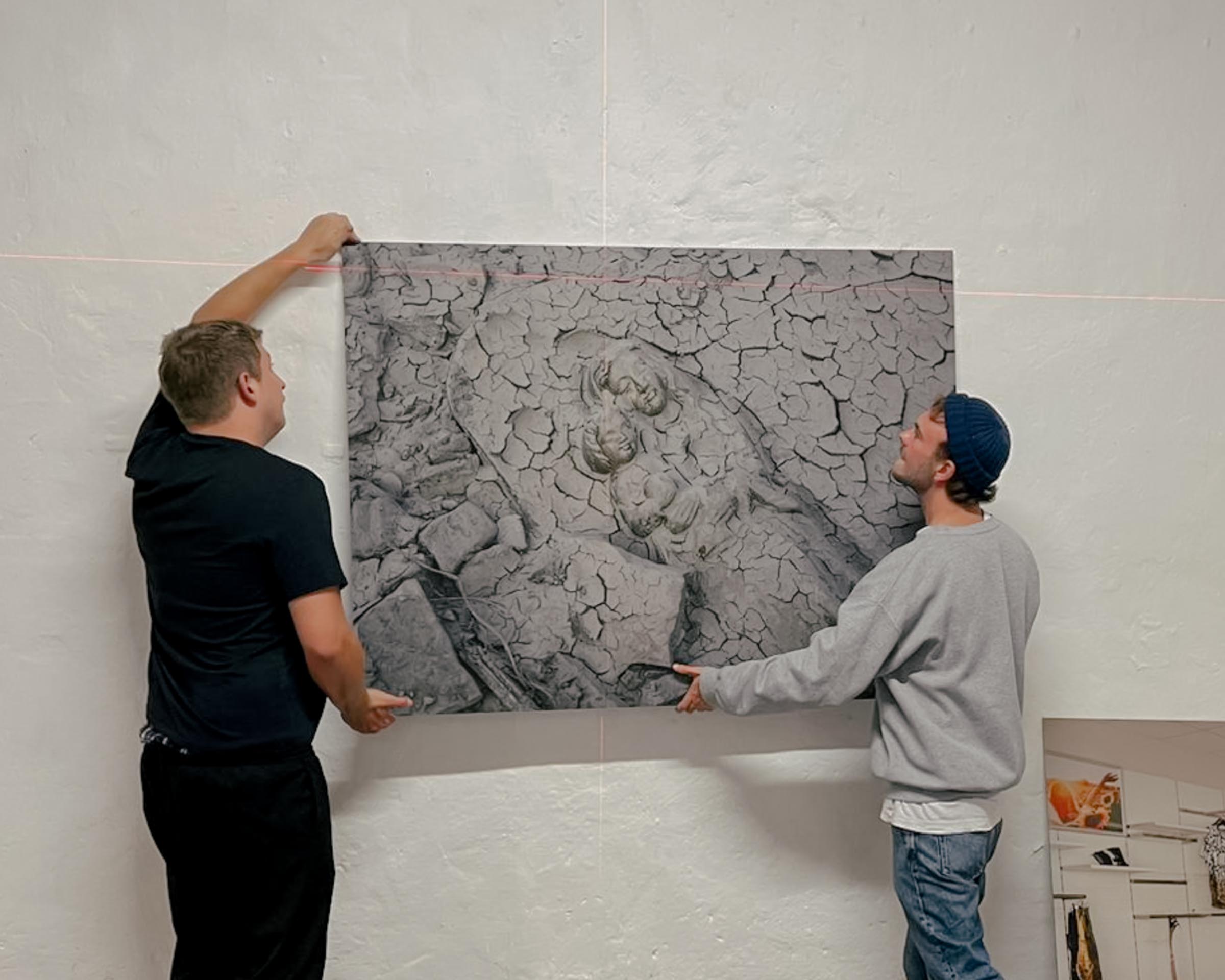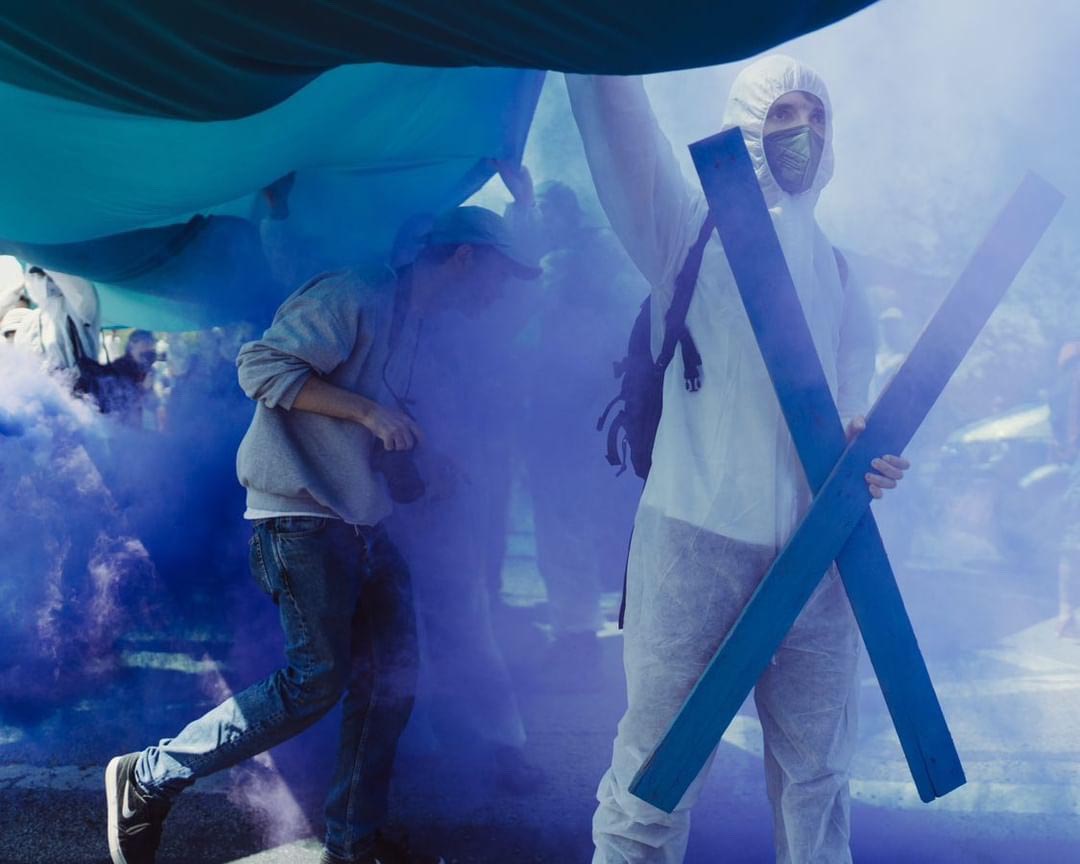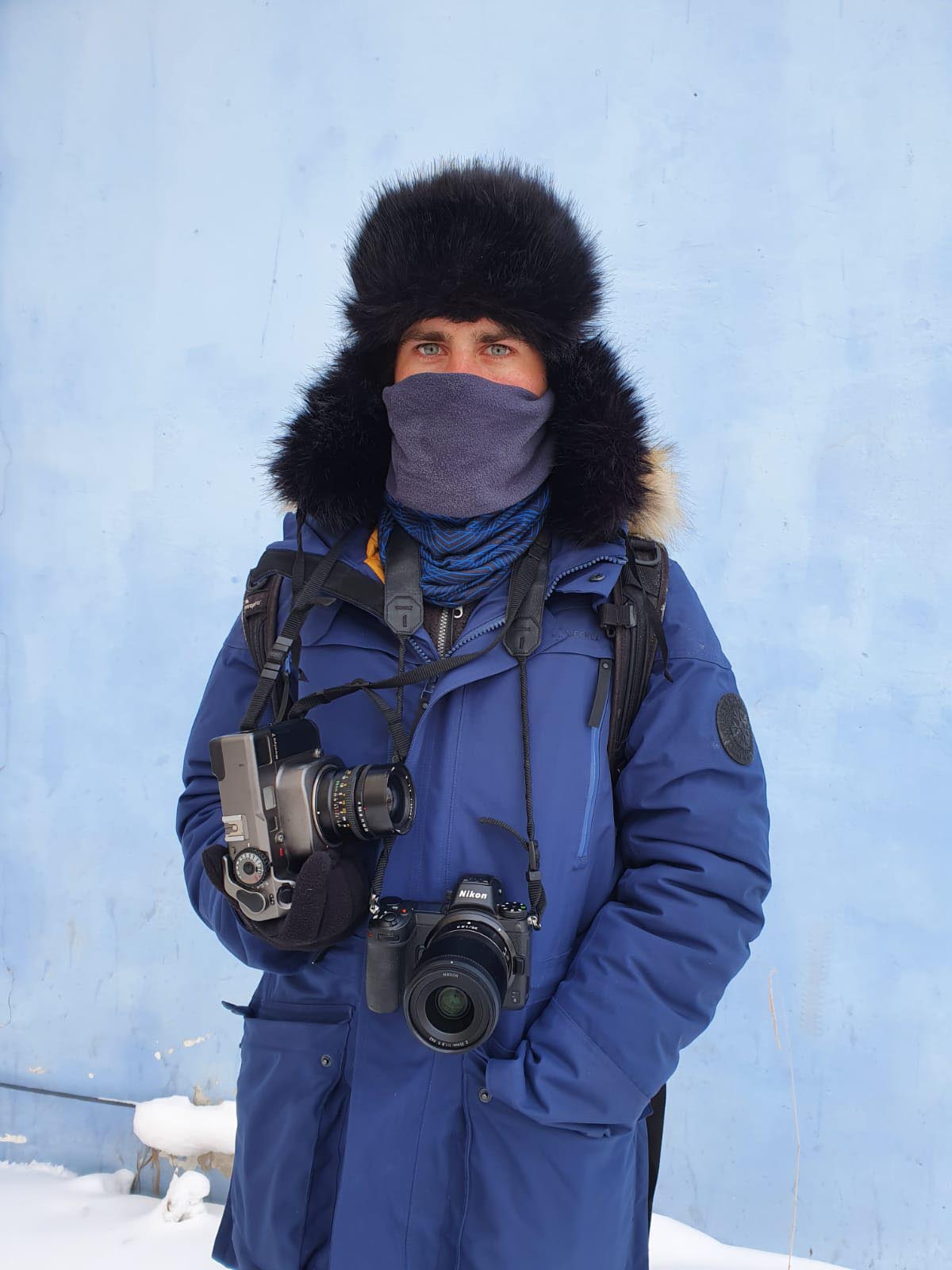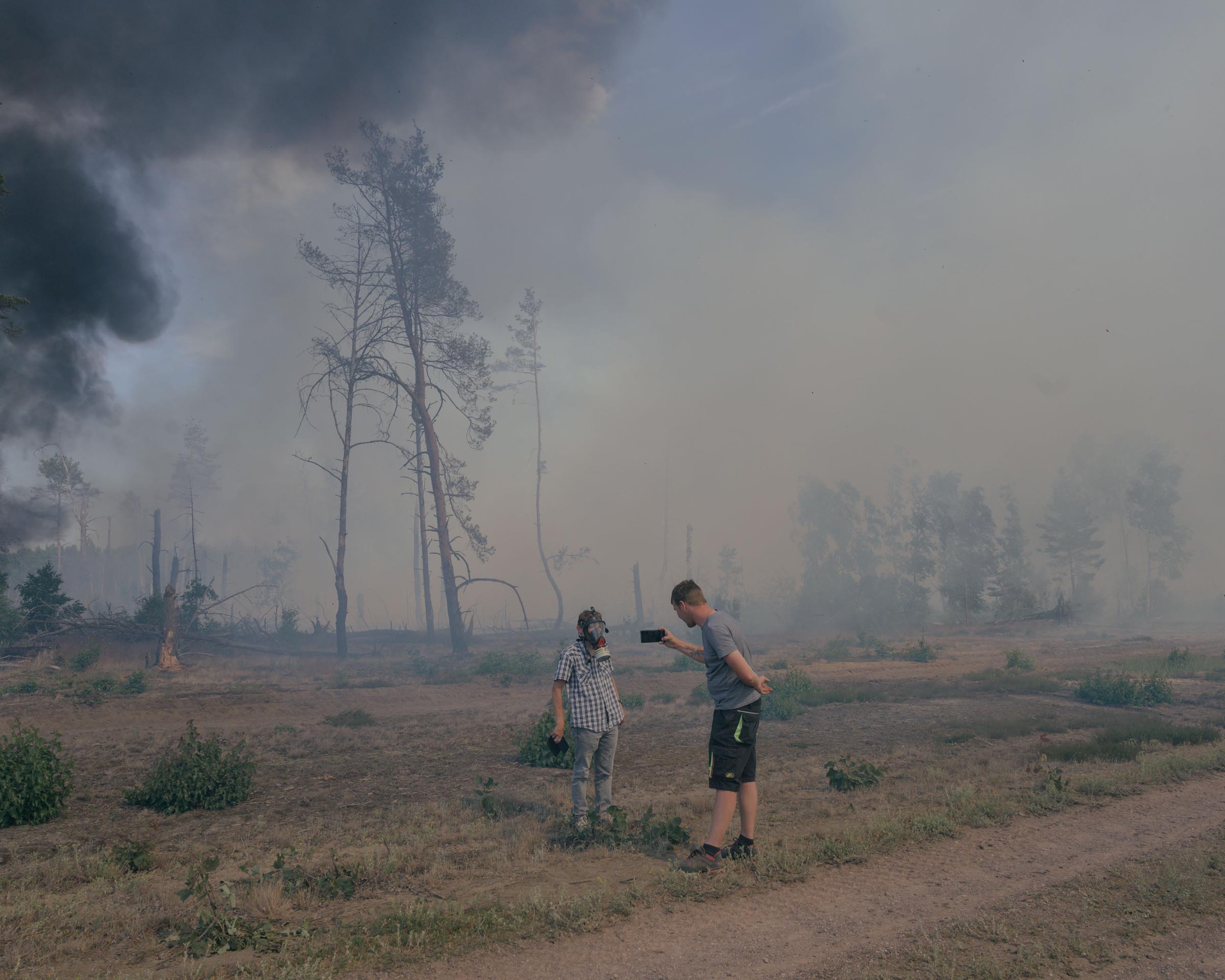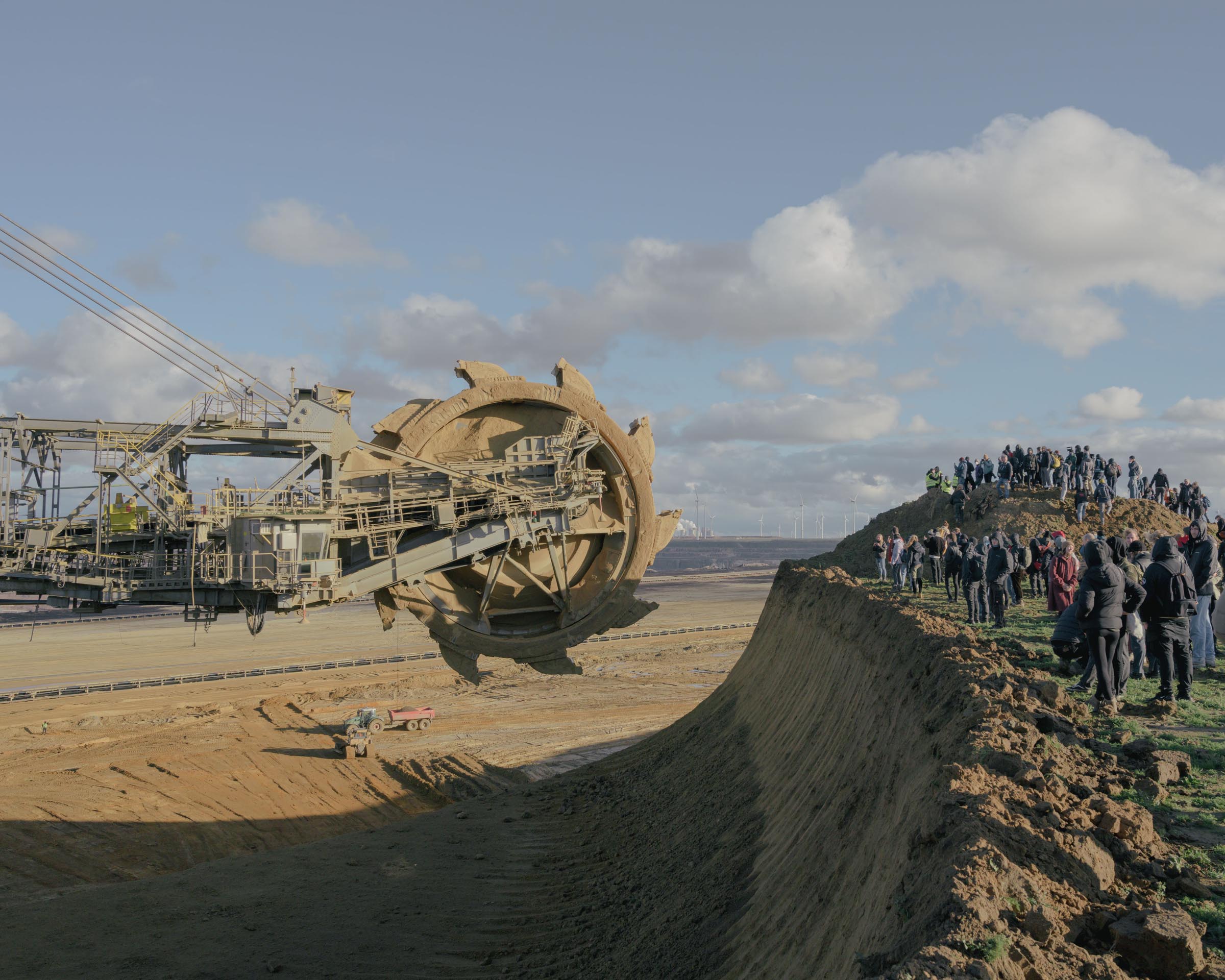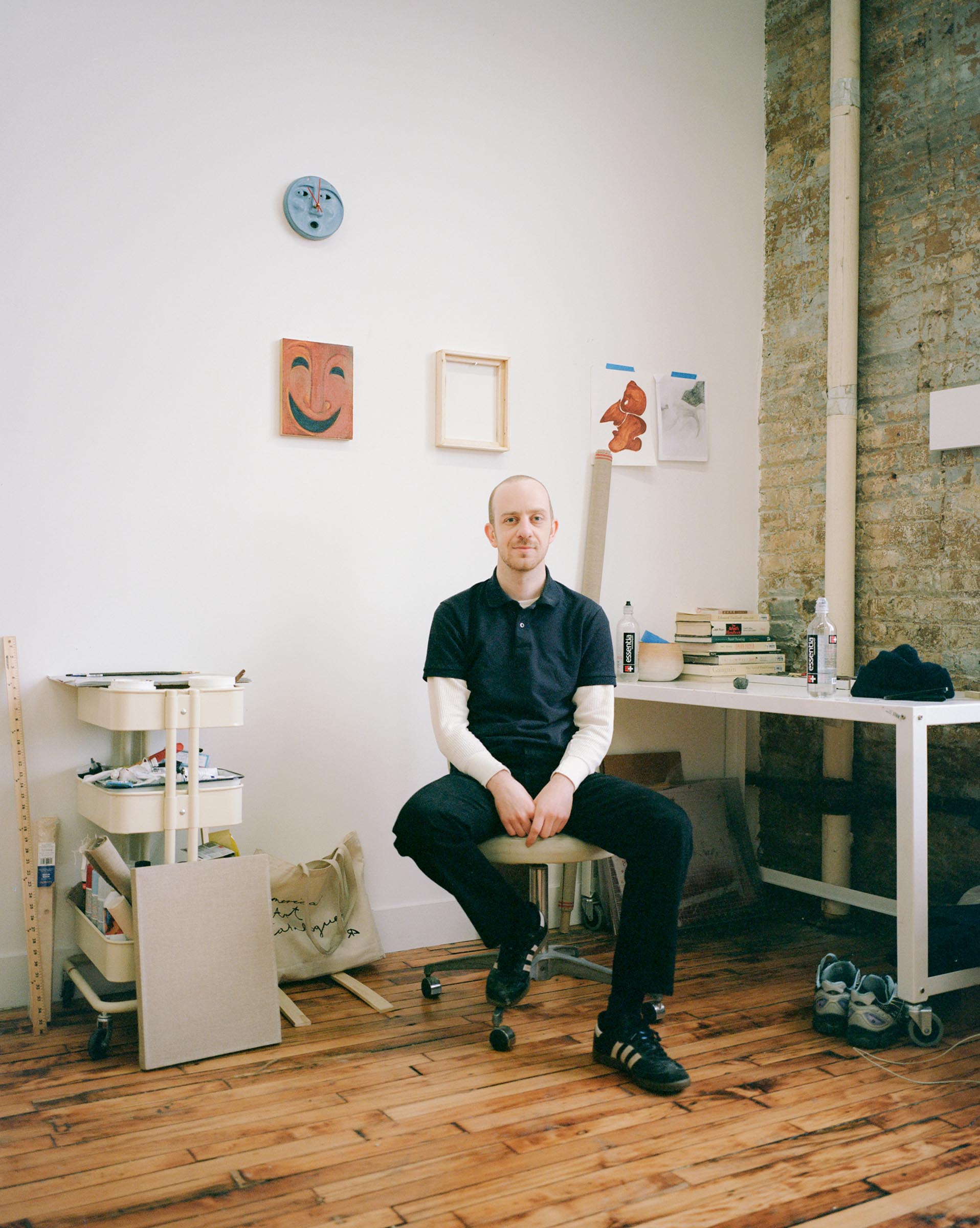How did you get into making art?
I started taking photos when I was 16. At first I took photos of my friends skating and landscapes and then shot my first smaller conceptual series. In 2014, I started studying photography at Dortmund University of Applied Sciences and Arts. This meant a lot to me. The professors and especially my fellow students who were so intensively involved with photography inspired me. During my studies, I started working on long-term documentary photo projects. Since I graduated in 2019, I have mainly been focusing on these projects.
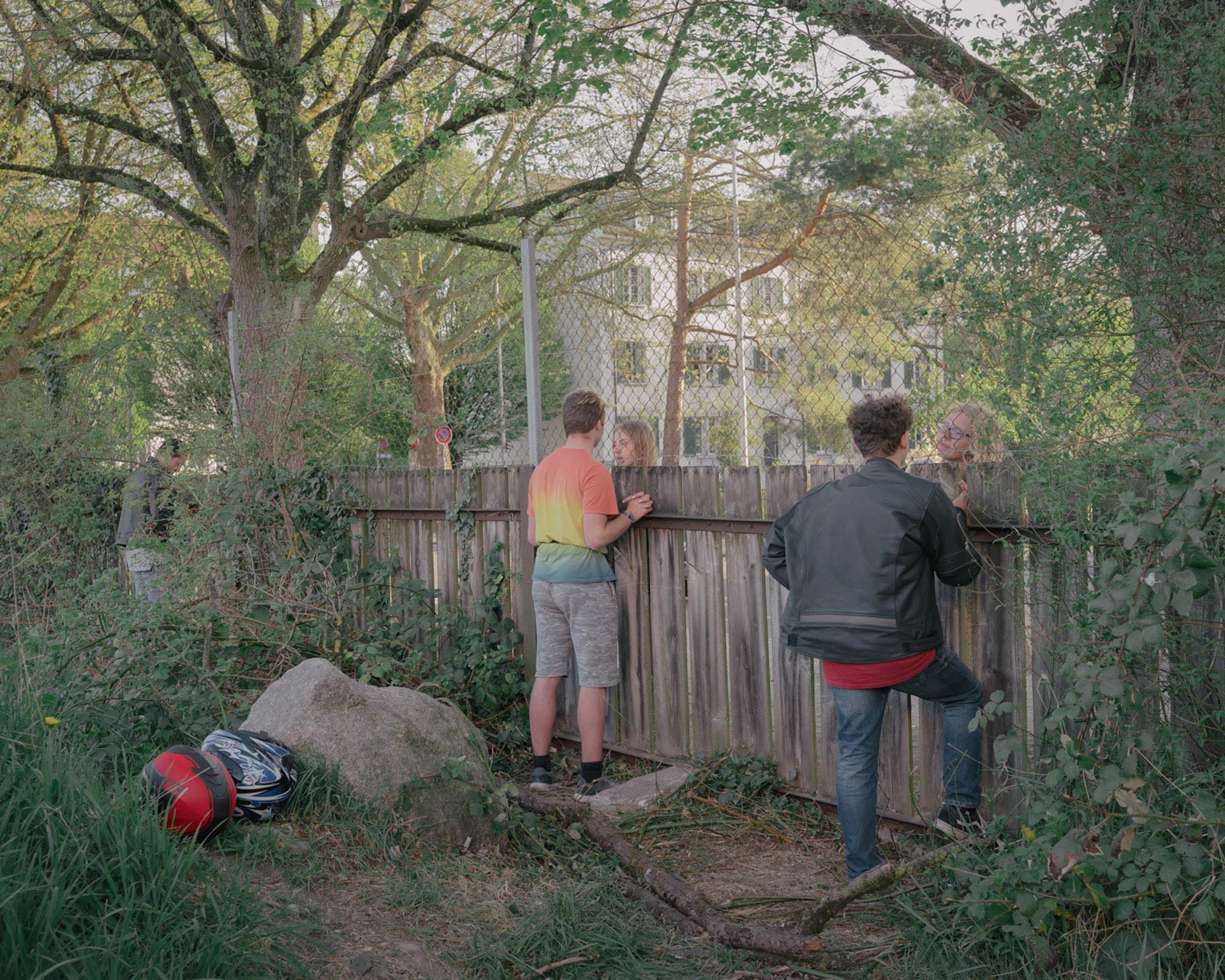
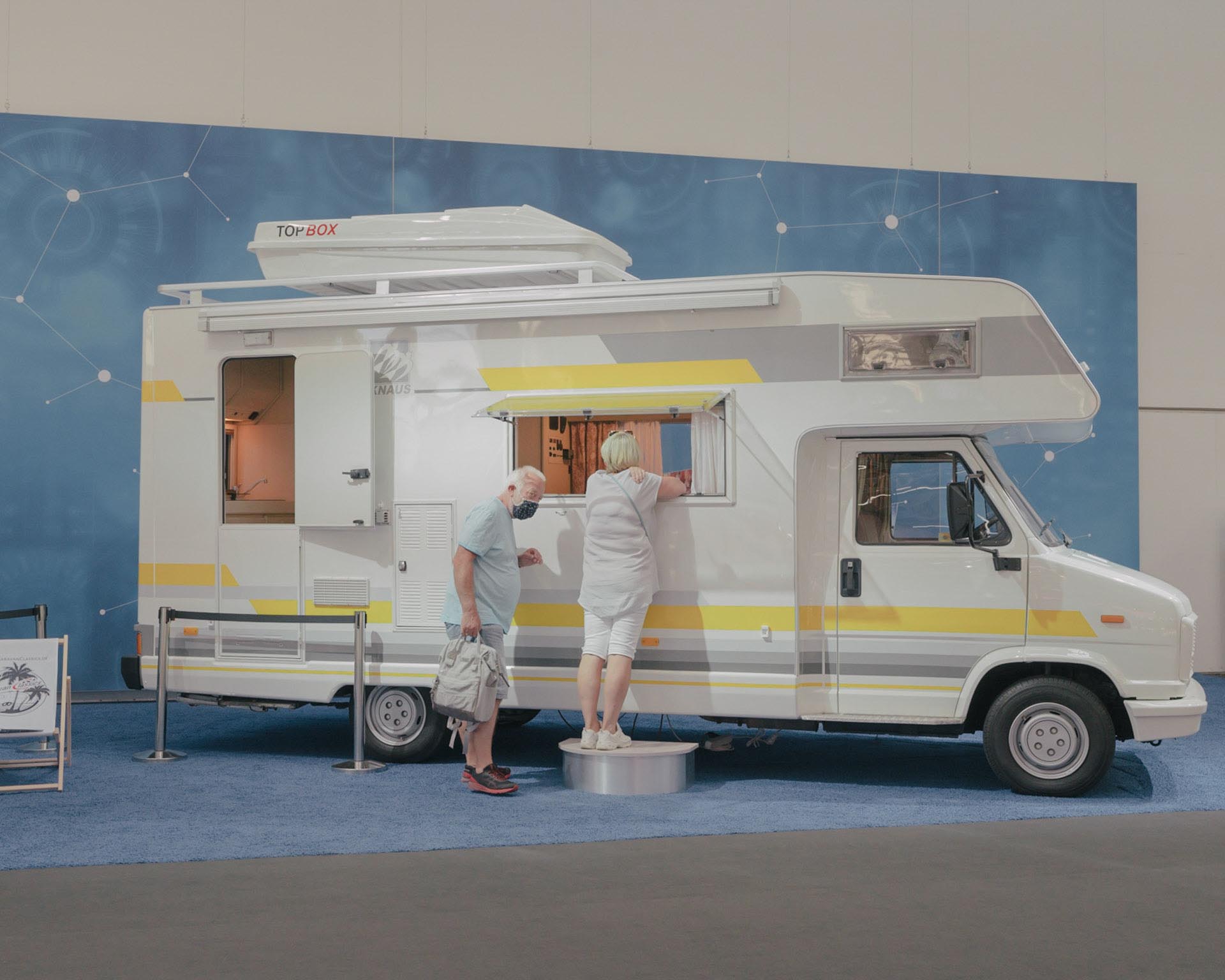
What are you currently working on?
My latest work “An Anthology of Changing Climate“ is a journey through German society divided on climate issues, addressing the struggle for guiding narratives and the question of whether it is possible to find sustainable answers to the climate crisis in a consumer-driven society. My photo-essay portrays a society that stands at a social and ecological crossroad and thereby tells stories from a nation whose prosperity is rooted in the combustion of fossil fuels, on the intricate transition toward climate neutrality. For this project I have been travelling all over Germany last year.
My photo-essay portrays a society that stands at a social and ecological crossroad and thereby tells stories from a nation whose prosperity is rooted in the combustion of fossil fuels, on the intricate transition toward climate neutrality.
Ingmar Björn Nolting
What inspired you to get started on this body of work?
The starting point of my project was my coverage of the eviction of the activist-occupied village of Lützerath in favor of coal mining by the energy company RWE in January 2023. I took two photos there that, through their symbolic nature, could tell the story beyond the eviction, portraying the struggle of narratives within the climate debate. That was when I decided to create a large-scale document that like in a mosaic would bring together various aspects of my research into a larger societal perspective.
Do you work on distinct projects or do you take a broader approach to your practice?
I mainly work on documentary projects that I pursue over a longer period of time. This gives me the opportunity to delve deeper into my topics.
What’s a typical day like in your studio?
I develop my visual ideas through intensive research. Through a deep engagement with my subjects and the resulting reflections, I seek out places, stories, and events that can visualize and condense them. So I spend most of my time in front of my laptop. The real work happens all over Germany when I start photographing all these places and stories on location.
Who are your favorite artists?
Alec Soth, Bieke Deeporter, Mustafah Abdulaziz, Tim Hetherington, Sanne de Wilde, Rob Hornstra
Where do you go to discover new artists?
Exhibitions, Photo Festivals and Social Media
Learn more about the artist by visiting the following links:



